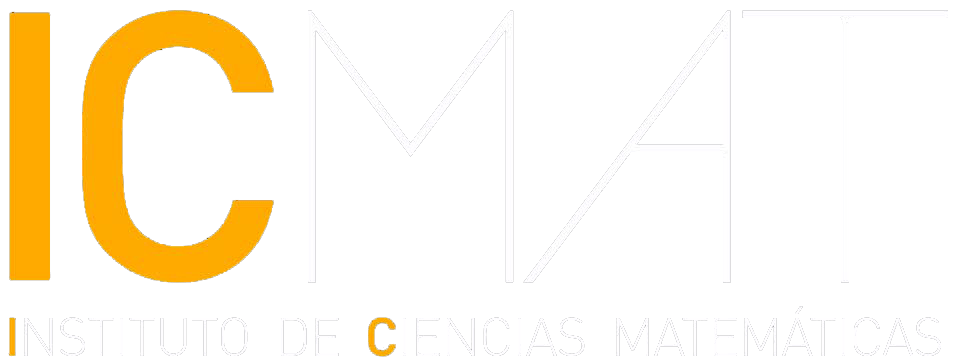Original Title: “On higher dimensional singularities for the fractional Yamabe problem: a nonlocal MazzeoPacard program”
Authors: Weiwei Ao, Hardy Chan, Azahara de la Torre, Marco Antonio Fontelos, Mar González and Juncheng Wei
Source: Duke Math. J. 168, Number 17 (2019), 32973411
Date of online publication: 2019
Link: https://projecteuclid.org/euclid.dmj/1572422464
The paper under review falls within the boundary between differential geometry and the analysis of partial differential equations. It consists of 115 pages and is devoted to the construction of singular manifolds with constant fractional (or nonlocal) curvature. This is a problem that arises in geometrical analysis, since a common method in the geometric classification of manifolds is to find an equivalent constant curvature manifold, which is a model for the geometry.
Nonlocal curvatures are defined according to the fractional Laplacian on the manifold, which is a nonlocal operator. From the point of view of analysis, a nonlocal operator not only sees what is occurring in its immediate surroundings, but also takes into account interactions with distant points. From the geometric perspective one can define a uniparametric family of curvatures with good conformal properties (that is, angle preserving and that generalizes the usual notions of scalar, mean curvature, or the one associated to the Paneitz operator. Each one of these, in turn, provides different geometric and topological information about the manifold that is useful for classification purposes. This notion of curvature comes from the study of the scattering theory in Einstein manifolds, which is originally based on work by John von Neumann, Roger Penrose and Claude R. Le Brunn in 4dimensional gravitational physics, in connection with Juan Martín Maldacena’s AdS/CFT correspondence.
In the paper published in Duke Mathematical Journal one looks for constant curvature manifolds with prescribed singularities. For this construction, the classical “gluing” method is used; that is, one first builds a good model of singularity and then glues it to the original manifold. In the local case, considered in the classical paper1, the gluing region is easy to control. However, this constitutes the first great difficulty in the nonlocal case, since the gluing process affects the whole manifold and may disrupt the geometry. The second major obstacle is the construction of the basic singularity model. One starts by looking for radial solutions that have a singularity exactly at the origin; for this, one needs to solve a nonlocal ODE. While usual ODEs can be solved by phase plane analysis, in the nonlocal case this is not possible, since the trajectory at a point depends on what happens far away. There are no existence, uniqueness or continuous dependence theorems for these types of equations, which constitute a completely unexplored field. In our result we have obtained general theory for particular nonlocal ODE, including Frobenius’ Theorem, which characterises the asymptotic development of the solution near the singular points; the study of a quantity with properties similar to the Wronskian of two linearly independent solutions to the homogeneous equation; or the construction of a Green function for the reconstruction of a particular solution to the nonhomogeneous equation.
The main innovation in the proof is the characterization of a nonlocal ODE as an infinite dimensional system of coupled second order equations. As a result, if one manages to control this coupling, it is possible to classical ODE theory for a nonlocal problem.


